|
Let's talk about VR for a quick sec. It can be incredible fun, and it can also be a great source of learning through the immersive experience students get in it. It's also a brand new technology that we don't know the full effective. Common Sense Media has started the research into just that, and now you can read the report.
The Common Sense report basically theorizes that we need to treat VR in a similar way to a real-world experience. The immersion makes it seem real, and so children might think it is. It also states something that most should already know: just like any other technology it should be used in moderation. Letting kids on it consistently could have negative affects on their development. There is much more in the research, so be sure to check it out HERE!
1 Comment
Oh boy! Insert Learning just recently added the ability for a teacher to join classes! This is awesome news as it brings interactivity to Reading articles for PD
Insert Learning is basically a chrome extension that allows you to make anything on the web an assessment or a discussion. You can highlight, add sticky notes, start discussions, and add questions. What they did recently was the ability for teachers to join classes. Through that teachers can use it for PD. It's now an awesome tool for teachers to use in the classroom and to learn. Check out Insert Learning HERE My friends at Merge VR are at it again! A couple of weeks ago they added two new VR experiences that are awesome for schools. They are: Penguins Sunbathing and the Atomic Bomb at Hiroshima
The history teacher in me is, of course, geeking out over the atomic bomb. I know that's a weird thing to say, but any opportunity to put kids in the history is awesome! The penguins VR is a great opportunity for kids to see animals in their natural habitat. It's perfect for all kinds of science classes. Check them out HERE Let's talk about computer science. It's an area where we need more and more people that know what they are doing. To get those people, we are going to have to teach it in schools, and thankfully many schools and states are moving that way.
I think coding is best taught as we would teach a world language. The younger we start students, the better off they will be. There are tools out there that allow students to code with arrows and with lines, but eventually, students are going to have to move into block coding. That's where this post focuses on! 1. Root I just got one of these coding robots, and it may already be my favorite. That's without even being able to get the full functionality of the app as I got one before the actual release with an Alpha version of the app. I like this as a starting place for late elementary because there is so much I can do with it. I see many folks buying coding robots to fit specific needs, and I think this robot eliminates much of that. You can get this, and then purchase others more just to be varied. Root's functionality for late elementary starts with the app. It allows me to start students who have never done anything off with an arrow based coding that is both functional and not overly childish where it turns off older elementary students. It then progresses to a block coding to fit most of your students, and you can also move your high flyers to text-based code. What you can do with the robot adds to the experience. To start, it has a marker holster in the middle which can be raised and lowered to make drawing easy. It's size and shape also can come in handy as it allows you to build stuff both for it and to attach it. It climbs walls, and it has tons of sensors to set and play with. It truly is one of the first robot's I have seen that can fit more than one need. 2. Code.org This seems like a no-brainer, but Code.org is a great place to start with late elementary coding because it's free. They also have some great partners that both provide content and characters that late elementary students would be interested in. Code.org is known for there Hour of Code games. They are especially known for games like Star Wars, Frozen, and Angry Birds. Those games are almost perfect to introduce young elementary students to block coding, but code.org is definitely much more than that. They have tons of courses, materials, and other activities for students to do, and they have all the curriculum a teacher might want. They indeed are a good starting place for anyone starting off with learning coding. 3. Tynker Tynker's strength lies in its broad use. Tynker is a block-based coding tool that is on almost every device, and it allows for several devices (like Drones and Spheros) to access it as a coding platform. It also has a classroom setup which allows the teacher the ability to set up classes. It means that there is a little something for everyone! 4. Scratch Scratch's open source feel and interface mean that like Tynker it can be used in a multitude of situations. At its core, Scratch is a block-based coding platform that lets you build animation which are many times oriented around their cat mascot. It can take off though by connecting other things to it and creating your own commands. Both Hummingbird Robots and Raspberry Pi's connect to it, and through them you can build robots and almost any other electronic piece you might want 5. Sphero Sprk Sphero Sprk's strength lies directly in its shape. The round shape of a Sphero Sprk means that you can build almost anything for it. You can build chariots, obstacle courses, boats, and much more. You can then code them all. It makes Sphero a great way to add coding to almost any curriculum. Assessment platforms should be less about the grade and more about the data. To do so, you have to have great reports. It also helps to be able to see what kids are doing live. Ed Cite is one tool that does a great job with it.
Ed Cite is an assessment tool that has a load of question options. They also have data options as well! You can view the responses in live time, you can view the open-ended responses to grade, or you can view the summary report. All can be used to make good instructional decisions. Check out Ed Cite today by clicking HERE. Sometimes Instructional technology can be a tough sell to those teaching science. If you are not teaching about habitats there just isn't a whole lot out there that is specifically built for science. Thankfully my friends at Legends of Learning are trying to change that with some awesome games.
Recently, they have added some cool games for elementary science. They include one on natural selection, one on ecosystems, one on energy and motion, one on food webs, and one on biogeology. These are way more detailed and immersive then your typical leveled multiple choice platform. Check them out today by clicking HERE! Sometimes my history nerd just comes out. In December, I got the opportunity to pair my ed tech travels with an awesome history museum called the National World War Museum in New Orleans.
One of the coolest things the museum does is take trips through European battlefields, and some cool ones are coming up soon. If you sign up by May 18, you can do a tour through a bunch of the battlefields in the French theater. Check it out HERE I am not completely sold on Ozobots as a maker tool because I think their ceiling is a bit low, but Ozobot does do a good job helping teachers and students take them to the point of learning. It all revolves around storytelling, and Ozobot helps get kids there with skins
Ozobots are little tiny robots that either follow a colored liner you can code. Their size and shape limit the ability to create things to go with Ozobot, but the color following feature lets you use big bulletin board paper to draw and tell a story. Ozobot adds to that with the ability to add skins that you can create and make animals with. They had a set for Easter, but really you could use them with any story. They can become that connection with ELA content. Find Ozobot Skins HERE |
Archives
January 2023
Categories |
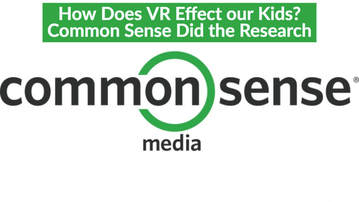
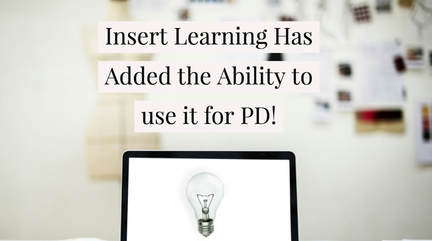
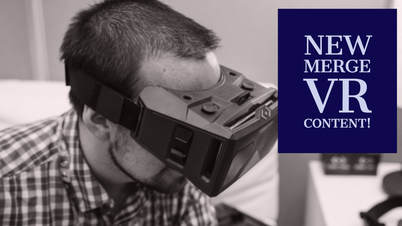
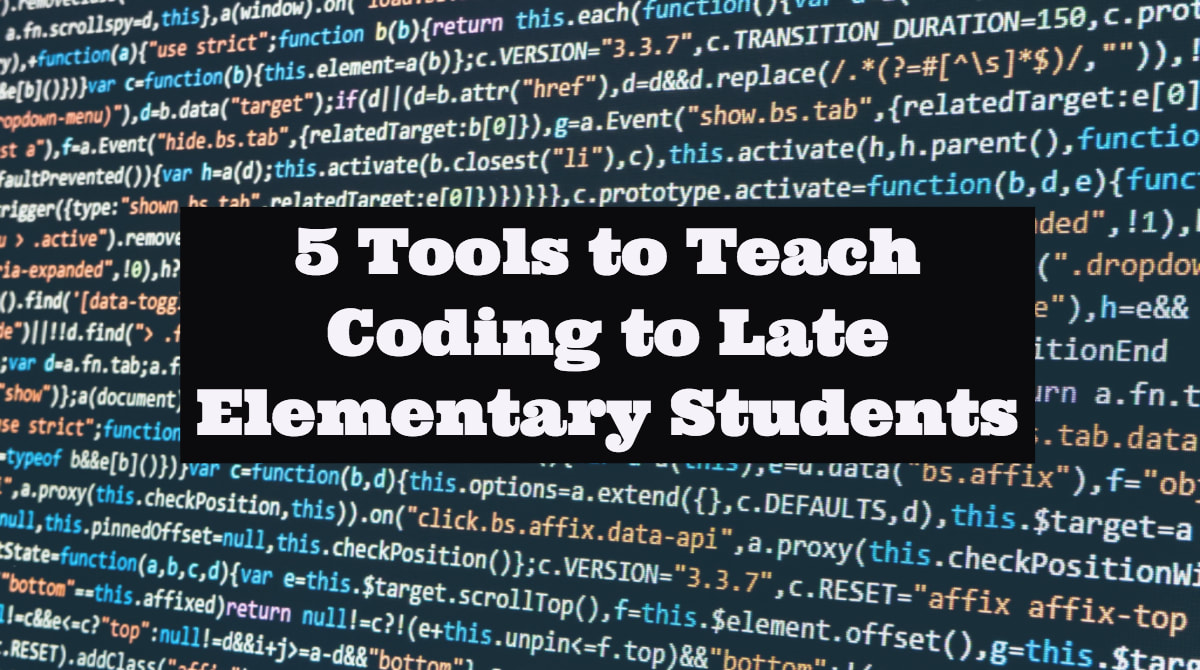
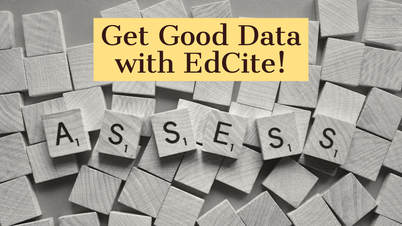
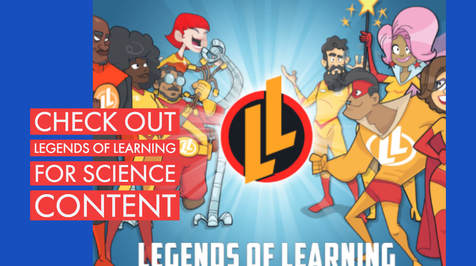

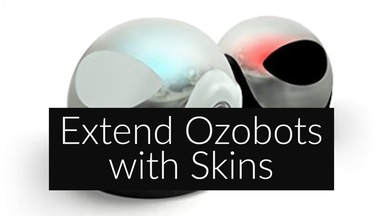
 RSS Feed
RSS Feed
